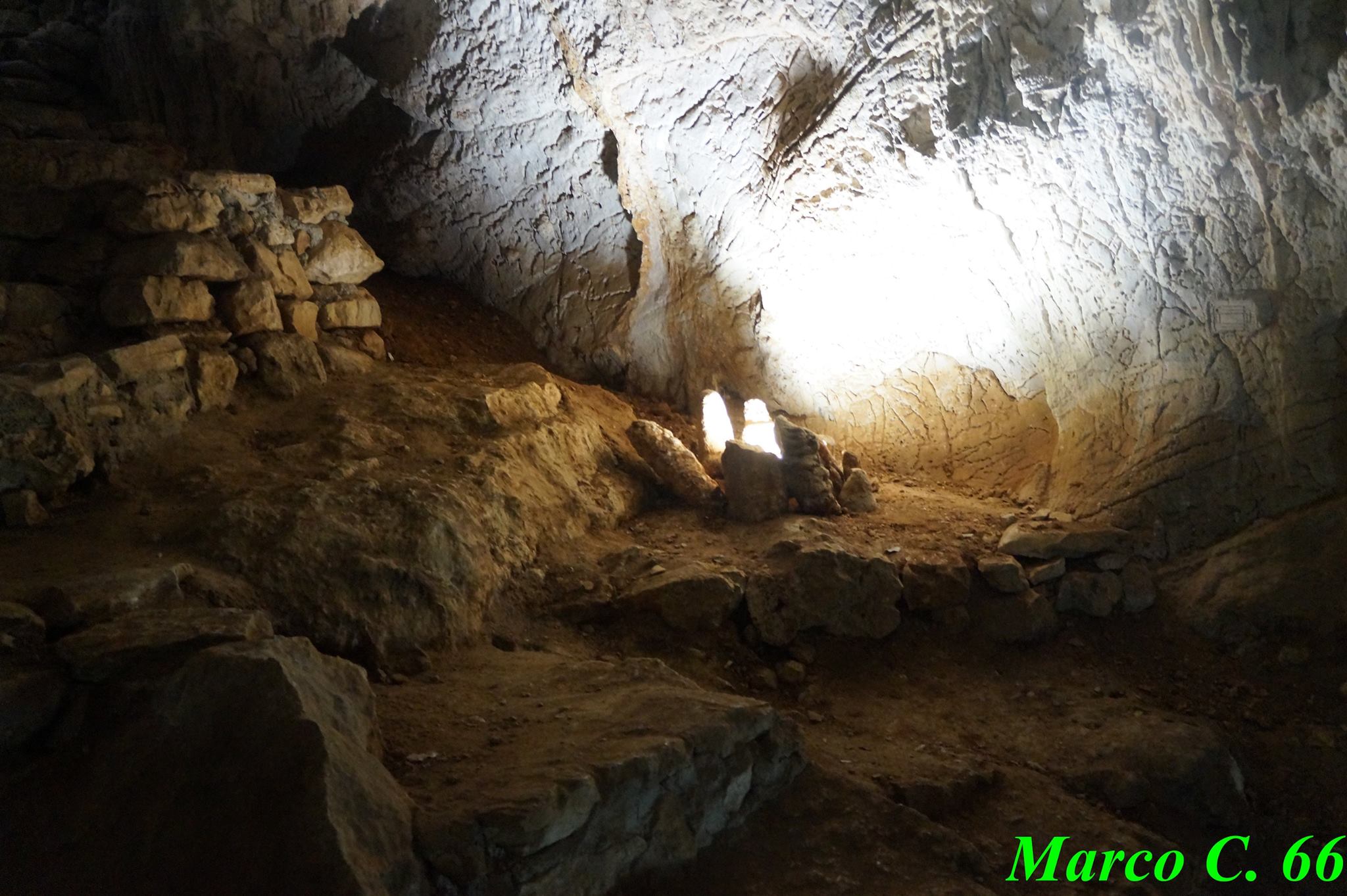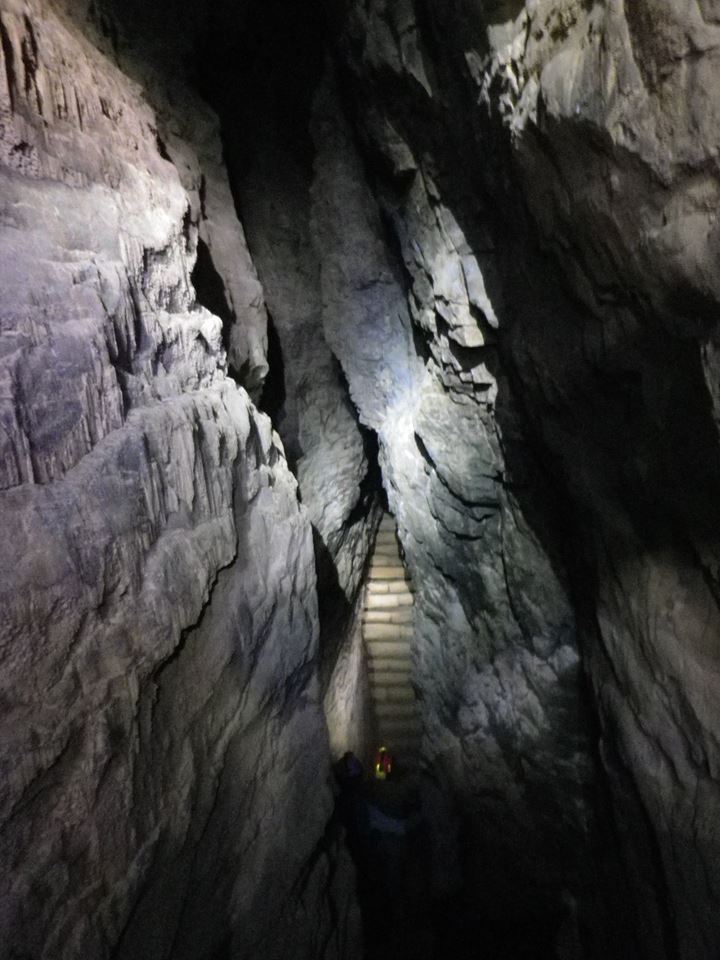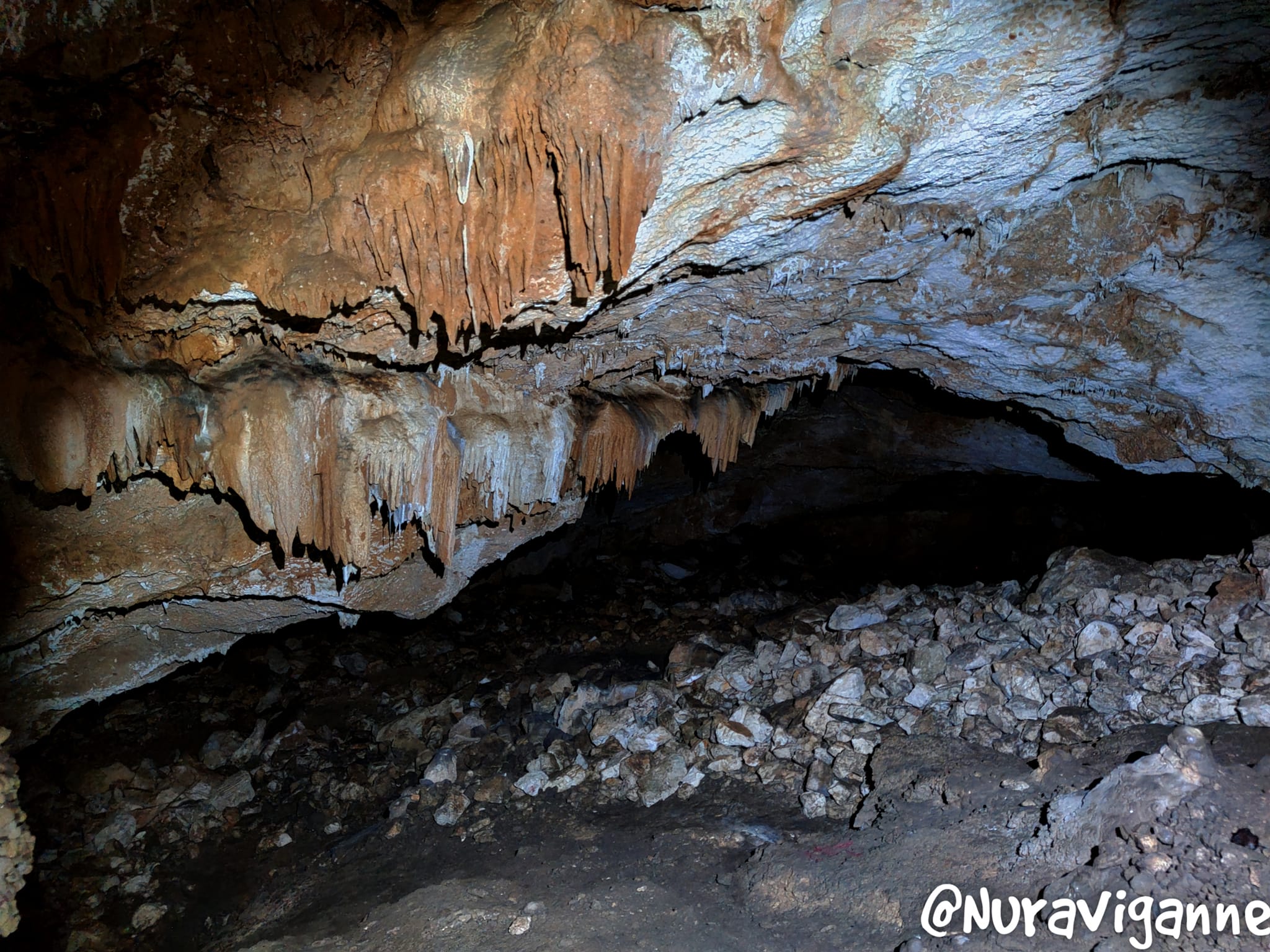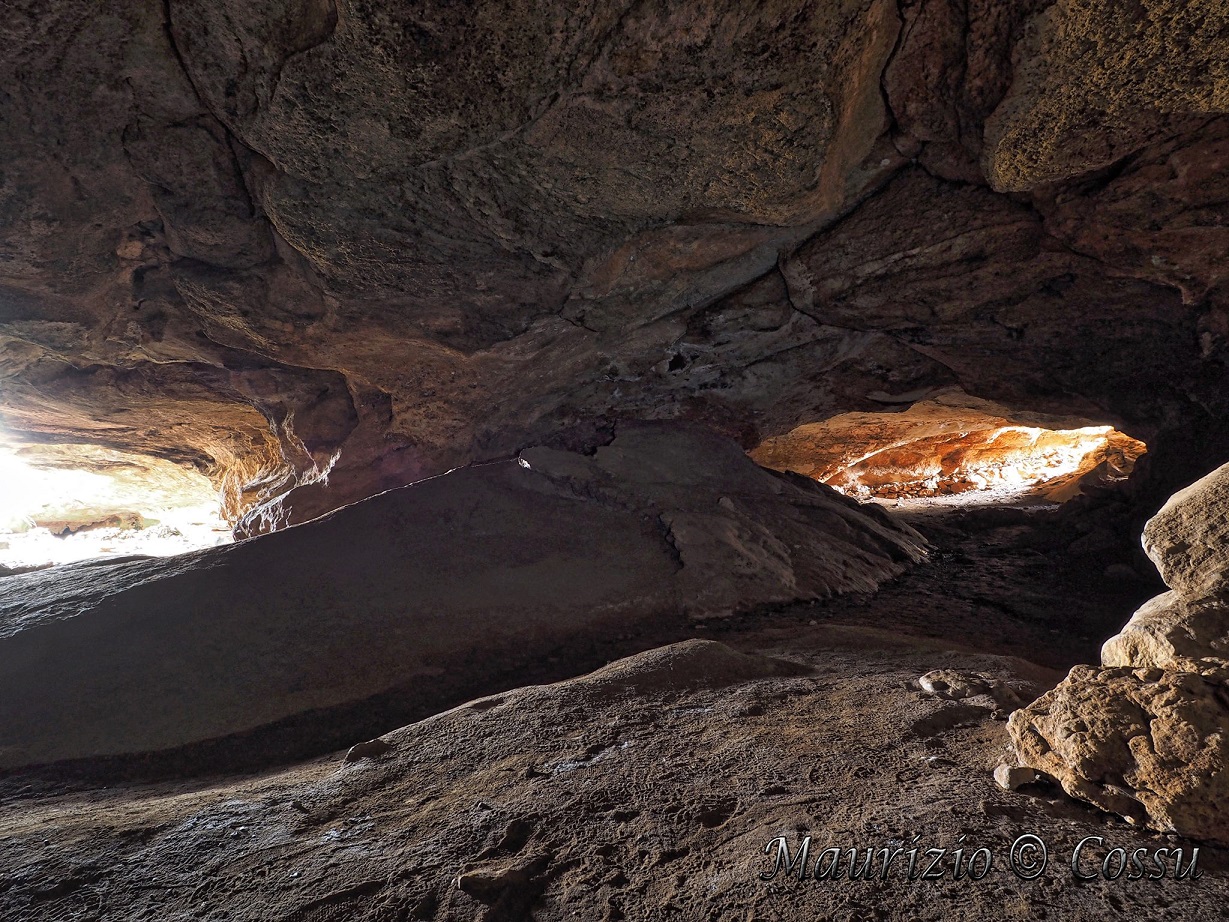We have always talked about nuraghi, tombs of giants, wells and sacred springs, and the many treasures inherited from our most distant past. But, from time to time, it is permissible to digress and delve into the fascinating world of legends, which certainly do not lack in our land.
“Natura ed Arte” was a famous biweekly magazine published between 1891 and 1911 by Francesco Vallardi. It proposed various topics that dealt among other things with history, literature, music, art, and current affairs. In the edition of April 15, 1894, some legendary tales by Grazia Deledda were published with this interesting preface:
“Contos de fuchile – tales from the hearth -, with this sweet name that evokes all the warm serenity of long family evenings spent beside the paternal fireplace, are what we call fairy tales, legends, and all the fabulous and wonderful narratives, lost in the fog of epochs different from ours. The Sardinian people, especially in the wild mountains and desolate plateaus where the landscape has something mysterious and legendary in itself, with its silent and deserted lines or with the intense shadow of the steep woods, is seriously imaginative, full of bizarre and infinite superstitions. In the tight lack of money in which they find themselves, they need to imagine immense treasures, endless, hidden beneath their poor feet, so that, heeding vague rumors, whispered in half voice, with a tremor in the accent and a spark in the eyes, one would believe that the subsoil of the entire island is scattered with gold coins and precious pearls.
Every mountain, every countryside church, every castle ruin, every wood and every cave hides its treasure. Placed by whom?… If you ask this question, you are given very plausible explanations. There is a vague memory of wars, raids, and looting suffered at all times by Sardinia, especially by the Saracens, the Goths, and the Vandals, and it is said that our ancient ancestors hid their treasures – money, jewels, and precious stones – in impenetrable sites to escape the plundering of the invaders, and that most of these treasures, remaining in hiding by the will or against the will of the first owners, still exist. Up to this point, it is natural. The supernatural is the radically entrenched belief that the devil guards the treasures: the devil who, if after a certain time men do not find the treasure, appropriates it himself and takes it to hell, leaving in the jars or chests containing the gold and pearls, a nice amount of coal or ash. The legend of treasures has such deep roots among us that as soon as an individual has succeeded, with his work and intelligence, or perhaps with deceit and wickedness, in acquiring some fortune, immediately the voice of the people asserts that he has found an aschisorgiu, that is, a treasure.
A thousand memories crowd my mind on this matter, and I recall many events that occurred in my childhood. Even somewhat cultured and unscrupulous people believe, without confessing it, in treasures, and more than one owner secretly digs in his lands in search of these wonderful riches.
Every fairy tale and every legend is based on hidden treasures: and ancient traditions precisely indicate mysterious sites in our mountains where there undoubtedly exists minted gold. But most of the time these sites – rocks or caves – are watched with vague terror even by the strongest and bravest men whose rifle has already marked more than one revenge. It is the subtle fear of the supernatural, the terror of things that cannot be conquered either with a rifle or with a dagger.
Because, as I have already said, it is believed that many aschisorjos are guarded by the devil, and in this case, the place is fatal, and misfortune befalls anyone who ventures there. Examples abound: there are men who died of iron shortly after spending a night in one of these caves; shepherds who lost their entire flock to a mysterious illness; bandits of whom only the bones picked clean by eagles and hawks were found; young men condemned innocently to life imprisonment… And all for having dwelled near those fatal places.
More than one old shepherd, miraculously escaped from misfortunes, claims to have seen the devil, who assumes human or animal forms.
In the small mountains of Nuoro, the green and granite mountains of Orthubene, which are perhaps the most beautiful of Logudoro, there is a mysterious and deep cave, of which no one, it is said, has ever been able to explore the dark immensity that leads to hell. A shepherd once tried to visit it to the end, but saw demons and fled.
There lies an immense treasure, billions and billions in gold and pearls, and a little lady who always weaves gold, in a golden loom, dressed in gold and with golden hair, guards it. Oh, little golden lady! How many times I have seen her in dreams, with her shining train and her sun-like hair, in my childhood!
Devils are indispensable in Sardinian legends: even in fairy tales they play a major role, and in some, in fact, they are the main heroes. However, Sardinians, being good Christians, always assign a hateful and often ridiculous place to the spirit of hell, and they take revenge on this for the terror and fear that the devil inspires. Without dwelling further on the superstitions of the Sardinian people, I will quickly move on to the legends, which I will call historical, that circulate from town to town, from mountain to mountain. Some are long and frightening; others are short, vague, without a definite profile; all, however, have the warm southern imprint.”
Attached are the caves of Oliena “Sa Ohe”, “Sa Nurre ‘e su Hoda” and “Corbeddu”, respectively in the photos by Bibi Pinna, ArcheoUri Vagando and Marco Cocco. The caves “Is Janas” of Sadali (ph. Nicola Castangia), “Sa Domu ‘e is Caombus” of Morgongiori (ph. Alessandro Pilia) and “Sa Prejone ‘e s’Orku” of Siniscola (ph. Nuraviganne), “Su Marmuri di Ulassai (ph. GiselAnto). The photo of the cave beneath the nuraghe “Serbissi” of Osini is by Maurizio Cossu.








